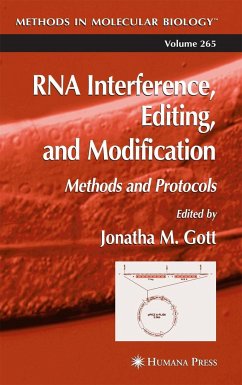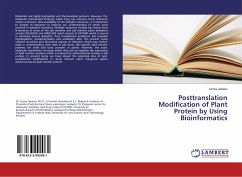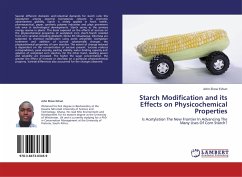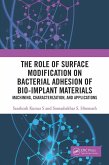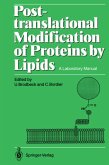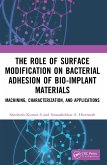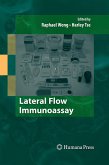The study of RNA interference, editing, and modification has led to major shifts in our understanding of how genes are expressed and regulated. In RNA Interference, Editing, and Modification: Methods and Protocols, hands-on experimentalists describe in detail the protocols and assays they have developed to study these processes in most of the major biological systems in which they are known to occur-a wide range of organisms that includes worms, flies, trypanosomes, mammals, and plants. A historical overview of each subject is provided to put related chapters into a larger context. RNA interference (RNAi) has also emerged in recent years as an important and promising tool for gene discovery and reverse genetic engineering. Application of this cutting-edge technique is described for a range of experimental systems. Topics of interest include stable and transient RNA interference, RNA editing, gene silencing, bioinformatics, small noncoding RNAs, and RNomics. Special attention is given to methods for the identification and characterization of small RNAs, many of which are involved in RNA interference or modification. In addition, techniques used to study RNA editing mechanisms are elaborated for both systems that involve the conversion of one base to another and insertion-deletion editing. To promote the adaptation of their assays and approaches for use in other biological systems, the authors have included a range of methods representative of the major experimental systems in a given field. All protocols presented follow the successful Methods in Molecular Biology(TM) series format, each one offering step-by-step laboratory instructions, an introduction outlining the principle behind the technique, lists of equipment and reagents, and tips on troubleshooting and avoiding known pitfalls.
State-of-the-art and highly practical, RNA Interference, Editing, and Modification: Methods and Protocols offers not only geneticists, molecular biologists, andbioinformaticists a comprehensive collection of readily reproducible techniques for the elucidation of gene function and the alteration of gene expression, but also describes how best they may be productively used to address outstanding mechanistic questions and adapted to novel biological systems.
State-of-the-art and highly practical, RNA Interference, Editing, and Modification: Methods and Protocols offers not only geneticists, molecular biologists, andbioinformaticists a comprehensive collection of readily reproducible techniques for the elucidation of gene function and the alteration of gene expression, but also describes how best they may be productively used to address outstanding mechanistic questions and adapted to novel biological systems.

